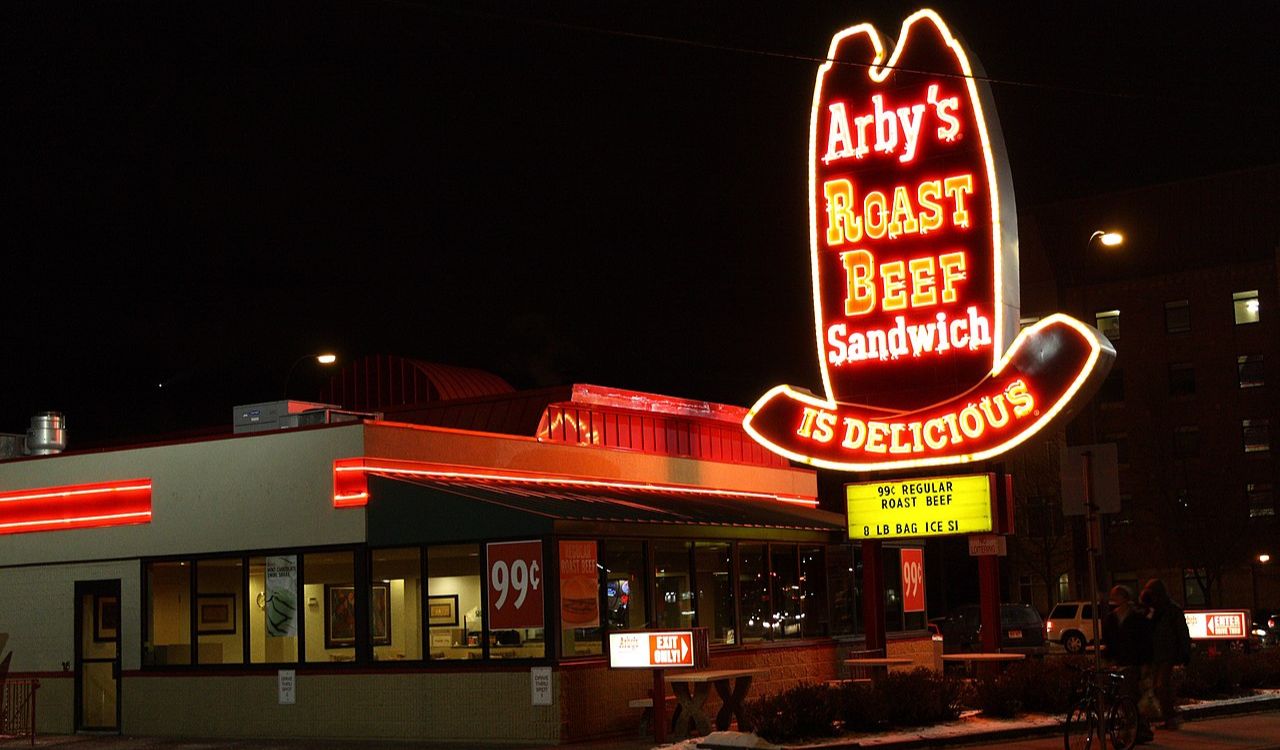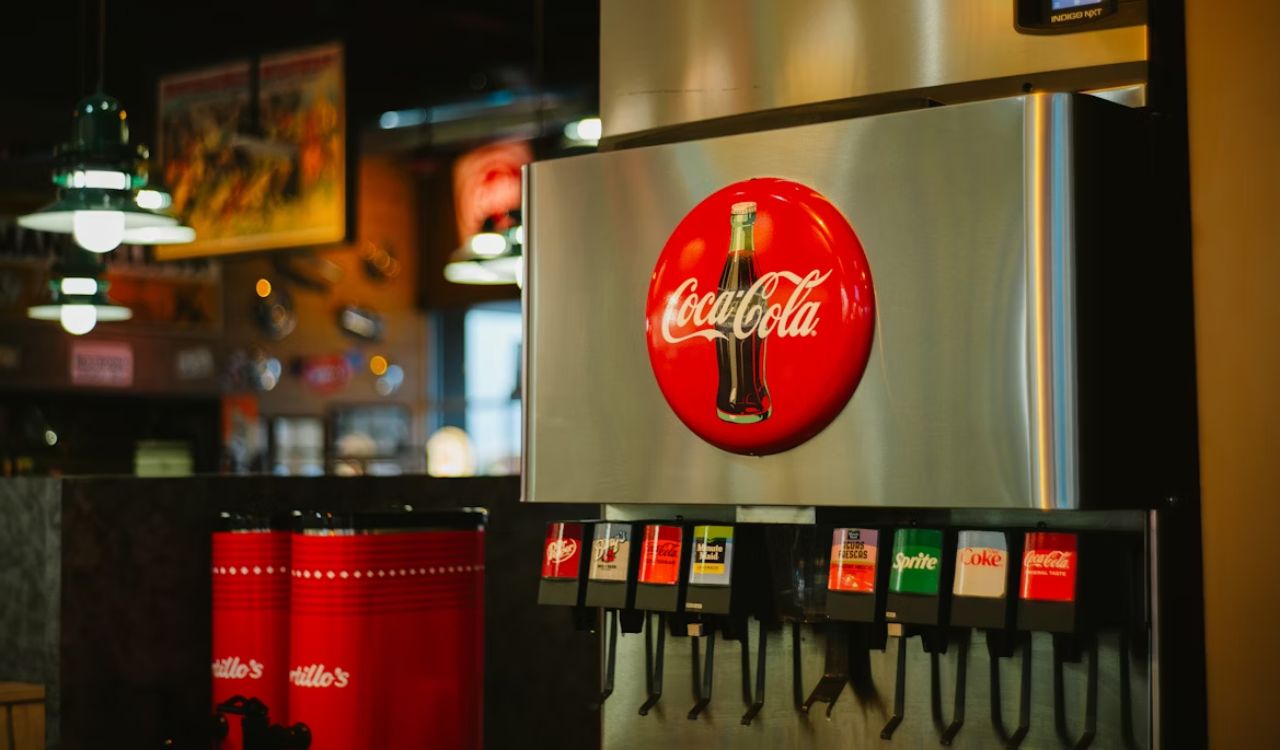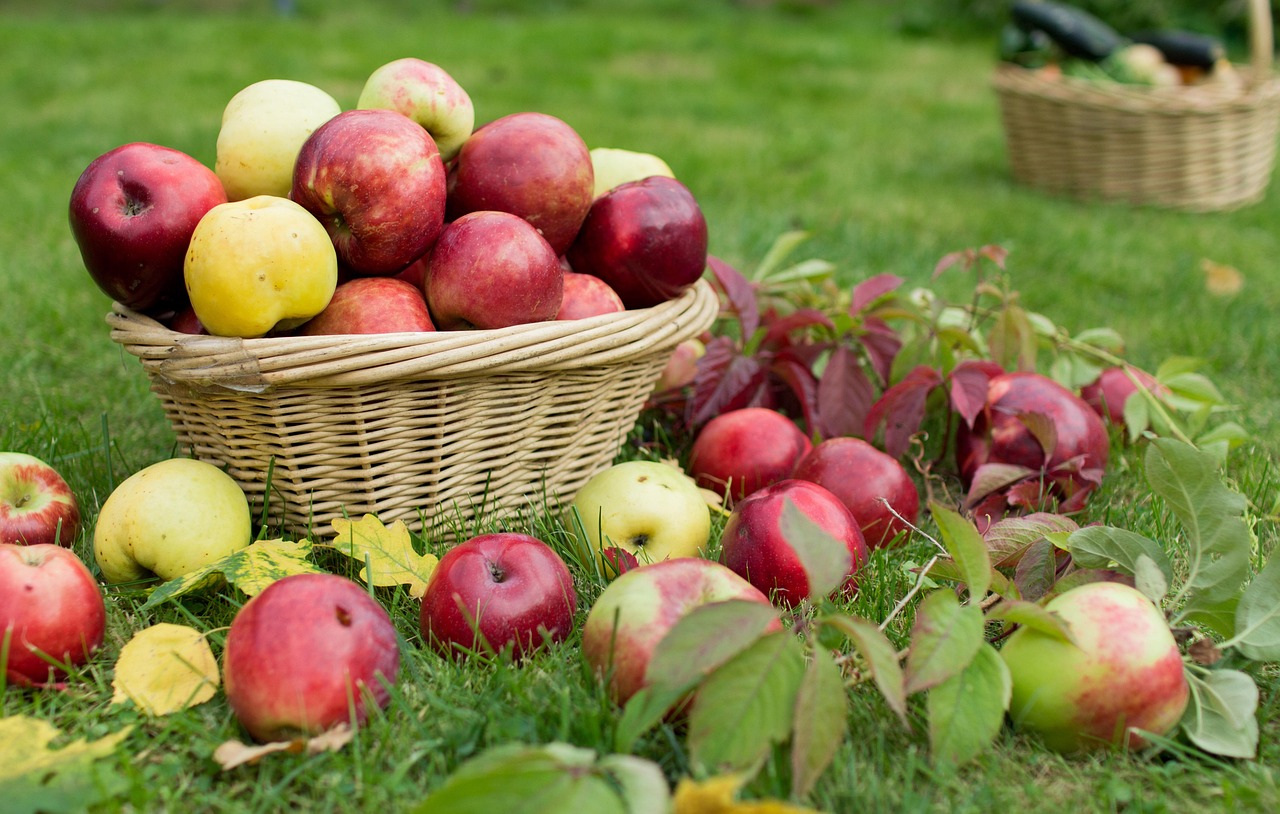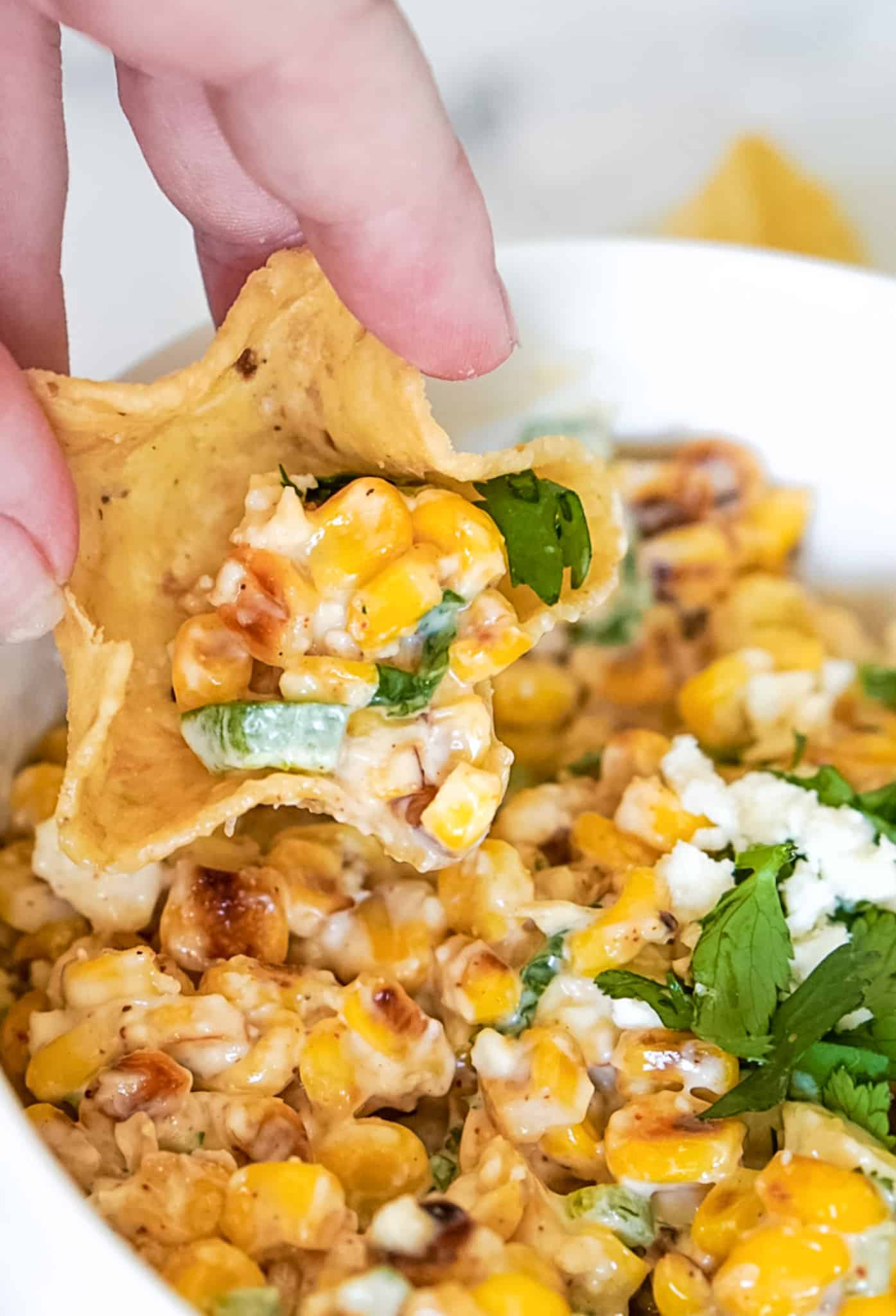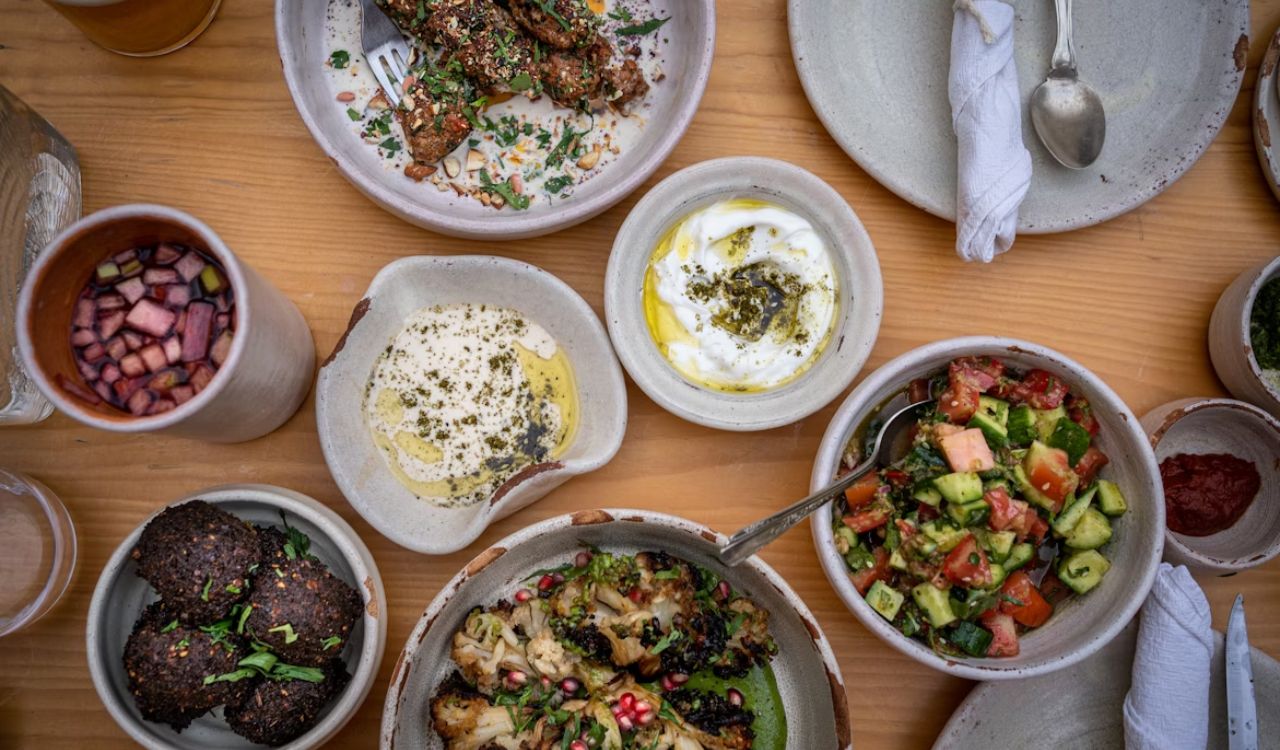10 Shady Bar Practices Everyone Should Know About
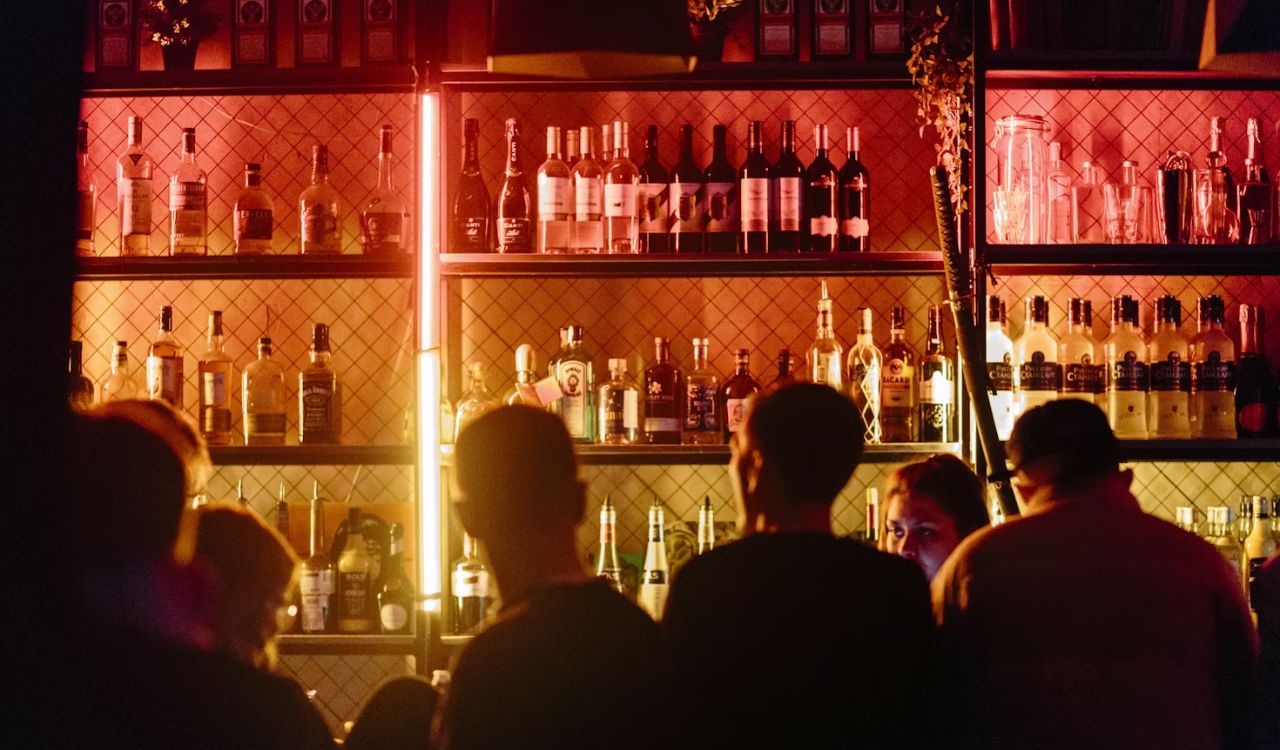
Bars are meant to be social, fun, and relaxing spaces, but not every establishment operates with honesty. Some use subtle tricks to cut corners, inflate bills, or serve lower-quality drinks while maintaining a friendly smile. While most bartenders are hardworking and fair, a few places rely on unethical methods to boost profits. Knowing these shady bar practices can help you protect your wallet and avoid getting shortchanged the next time you head out for a night of drinks with friends.
1. Watered-Down Drinks
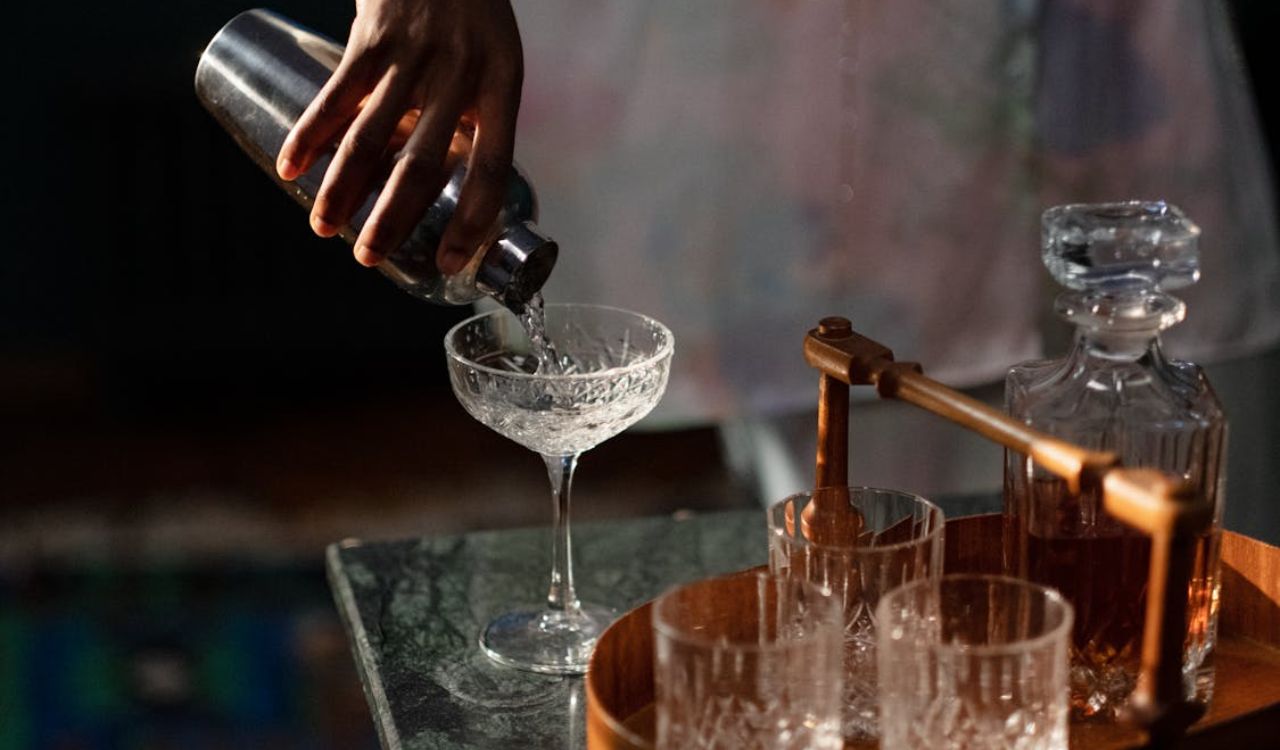
Watered-down alcohol is one of the oldest tricks in the book. Some bars dilute liquor to stretch supplies or increase profits, leaving customers paying full price for a weaker drink. A telltale sign is a cocktail that tastes off, lacks aroma, or seems unusually light in color. You might also notice it warms up too fast since diluted alcohol loses its chill more quickly. To avoid this, order drinks prepared in front of you, or stick to sealed options like bottled beer or canned cocktails.
2. Substituting Cheap Liquor for Premium Brands
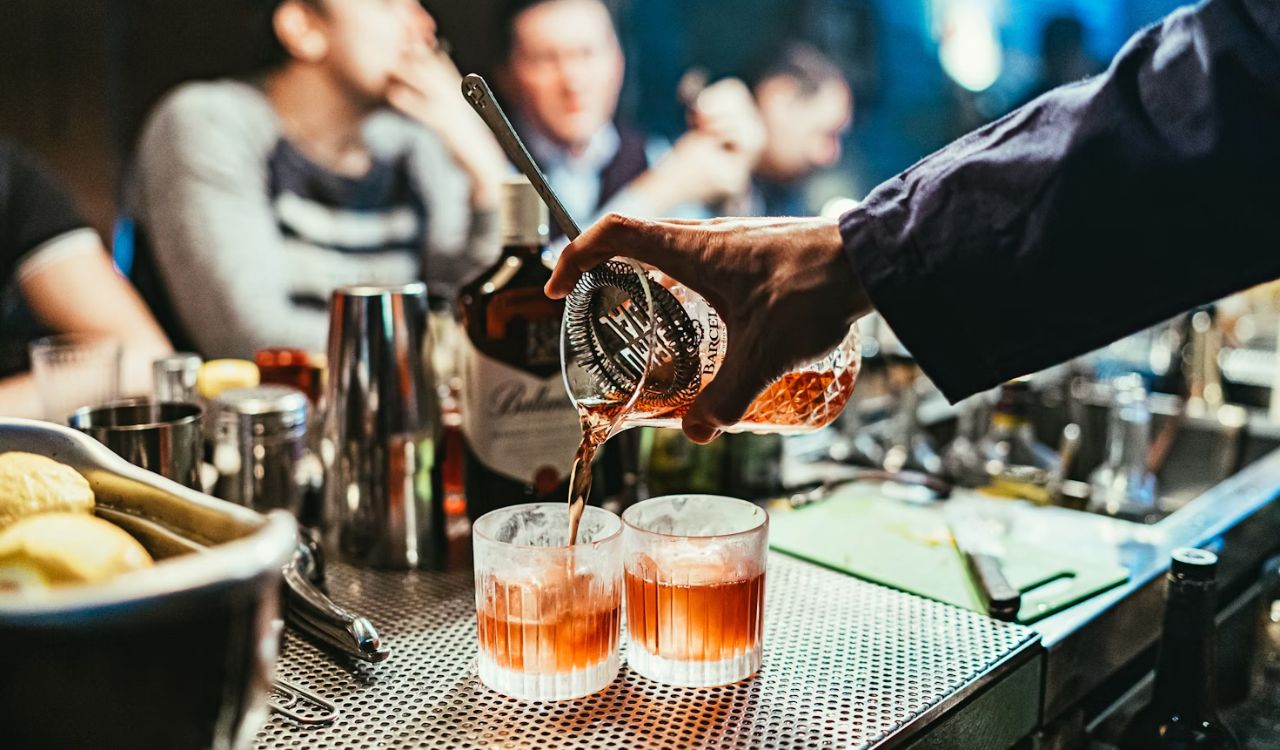
This common scam involves swapping high-end spirits with cheaper ones while charging the premium price. Unsuspecting customers think they’re enjoying top-shelf vodka or whiskey when it’s actually a low-cost substitute. The easiest way to spot this is to watch how your drink is made. A legitimate bartender will pour directly from the bottle you ordered, not from one hidden under the bar. True bars take pride in serving what you paid for and will never conceal the pour.
3. Overpouring to Encourage More Orders
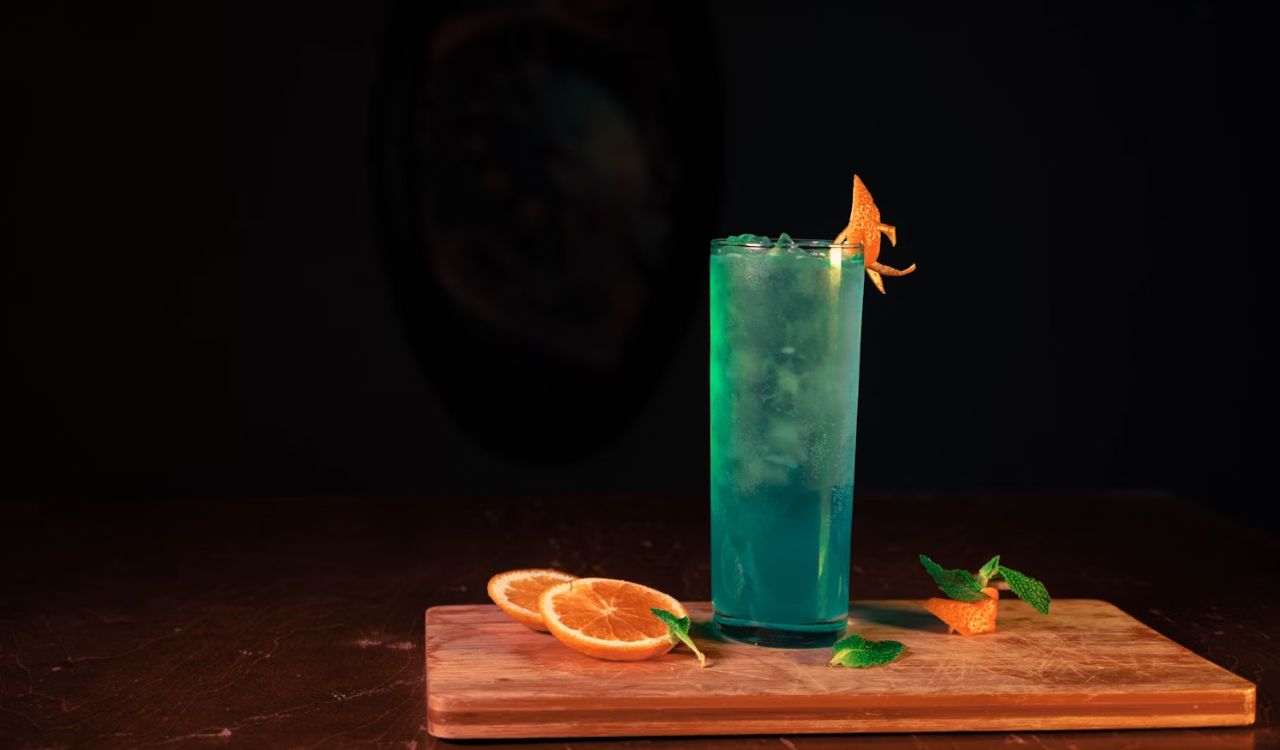
Getting a heavy pour might seem like a perk, but it can be a sales tactic. Some bartenders intentionally overpour to make drinks stronger, causing customers to finish faster and order more. It also inflates tabs and increases tips for the staff. Overpouring can make pacing your drinks difficult, leading you to spend more than intended. To avoid this, stick to measured cocktails or bottled beverages, and pace your orders to maintain control over your spending and your night.
4. Short Pouring to Save on Alcohol
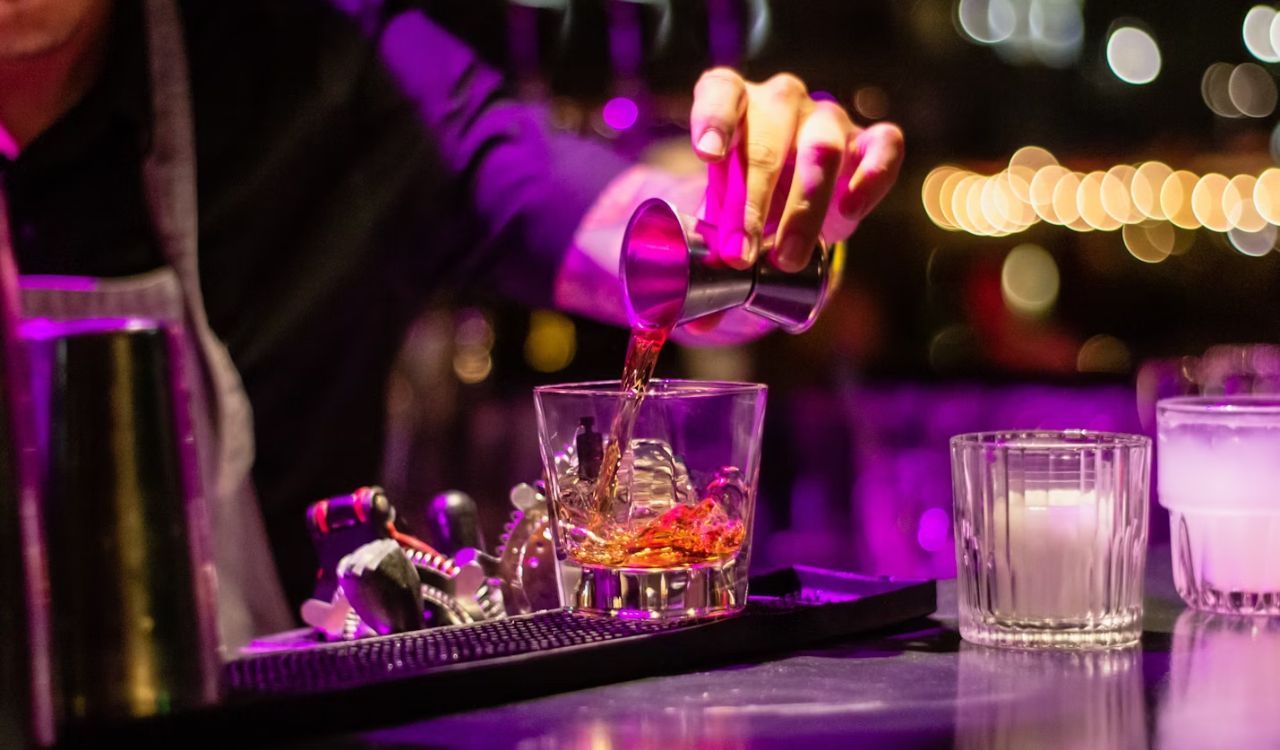
The opposite of overpouring, short pouring means giving you less alcohol than you paid for. This often happens in busy bars or places looking to save inventory. A short pour can be disguised with extra ice or mixers, making it hard to notice. Drinks with strong flavors, like margaritas or daiquiris, often hide the difference best. To protect yourself, order simpler cocktails such as a gin and tonic or a whiskey soda. They make it easier to detect when something feels off.
5. Padding the Bill
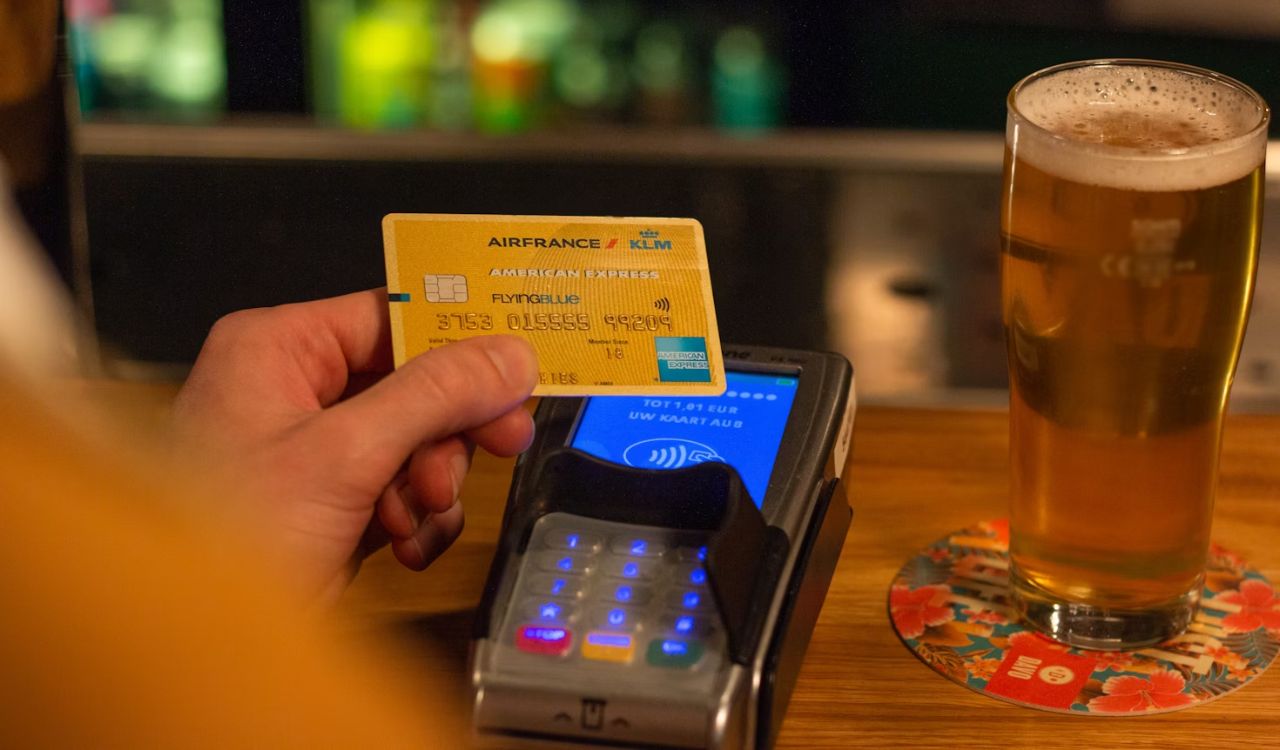
Bill padding is a shady trick where staff add extra drinks, duplicate items, or inflate prices, assuming customers won’t notice. It’s especially common when the bar is crowded, and people are distracted. Even small discrepancies can add up quickly. Always ask for an itemized bill and review it carefully before paying. Honest mistakes happen, but repeated or unexplained overcharges are cause for concern. Checking your tab ensures you pay only for what you ordered and discourages dishonest practices.
6. Using Old or Expired Mixers
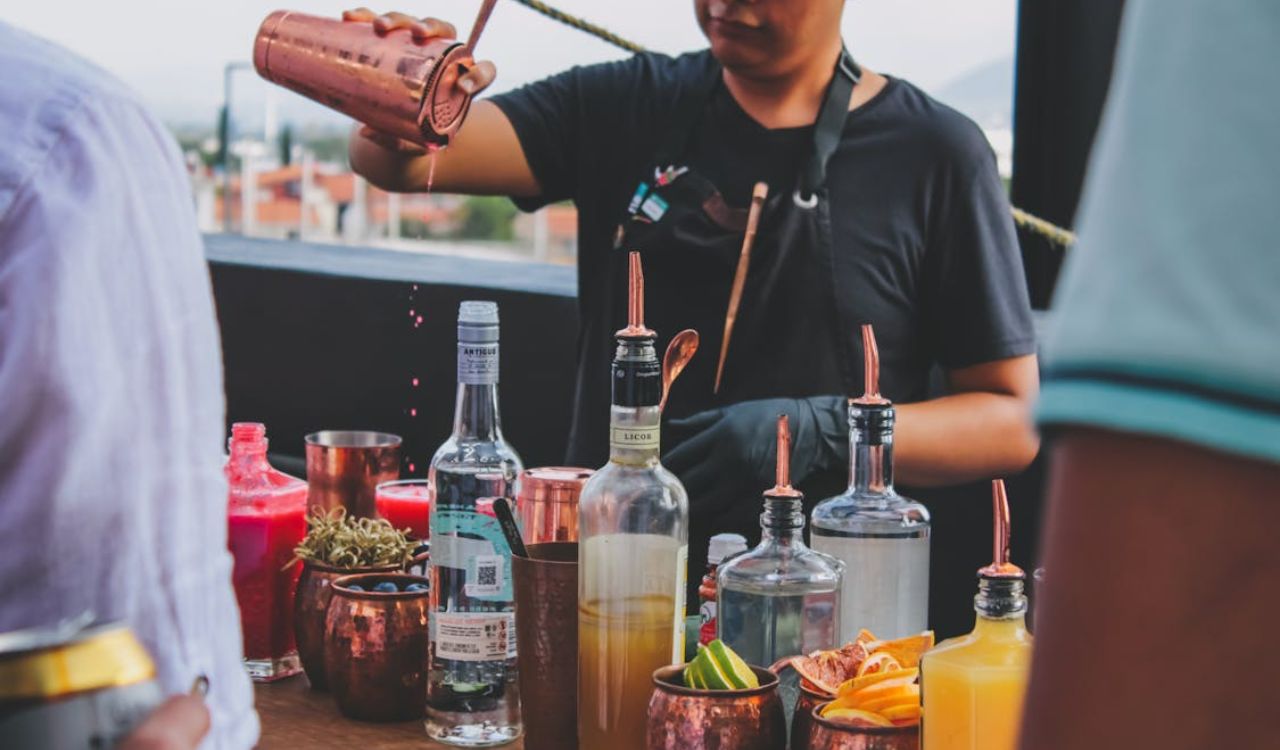
Some bars cut costs by keeping outdated mixers, syrups, or garnishes long past their prime. While it may save money, it risks flavor and safety. Spoiled citrus, flat soda, or discolored mint are signs of poor maintenance. Old ingredients can alter the taste of cocktails or even cause mild foodborne illness. A reputable bar replaces ingredients frequently and maintains clean storage. If your drink tastes strange, politely return it and choose a bar that values freshness and hygiene.
7. Shrinking Glass Sizes Without Lowering Prices
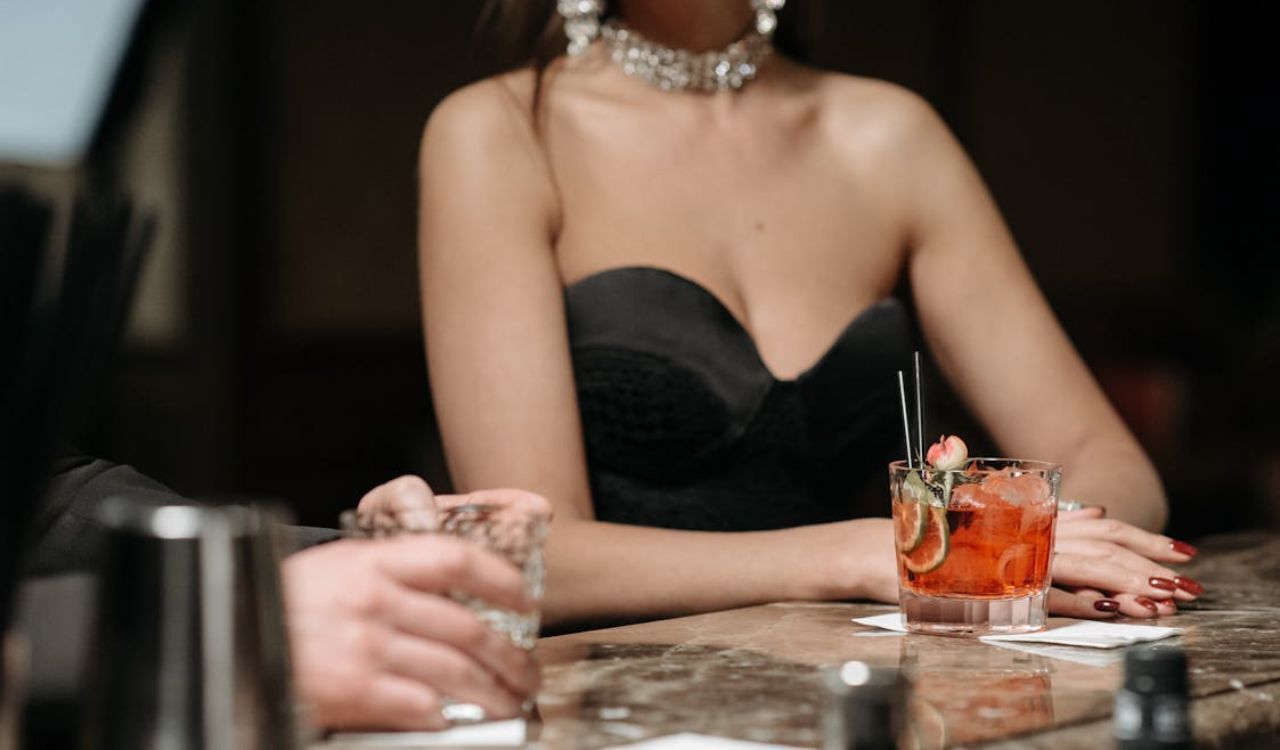
A sneaky tactic involves quietly swapping standard glasses for smaller ones or packing them with extra ice to make servings appear full. The result is less alcohol for the same price. This trick is harder to spot unless you compare sizes between visits. Transparent bars will disclose their pour sizes or drink measurements. If the glass looks smaller than usual or feels lighter, you’re likely being shortchanged. Quality establishments prioritize consistency instead of cutting corners through presentation tricks.
8. Reusing Garnishes or Ice
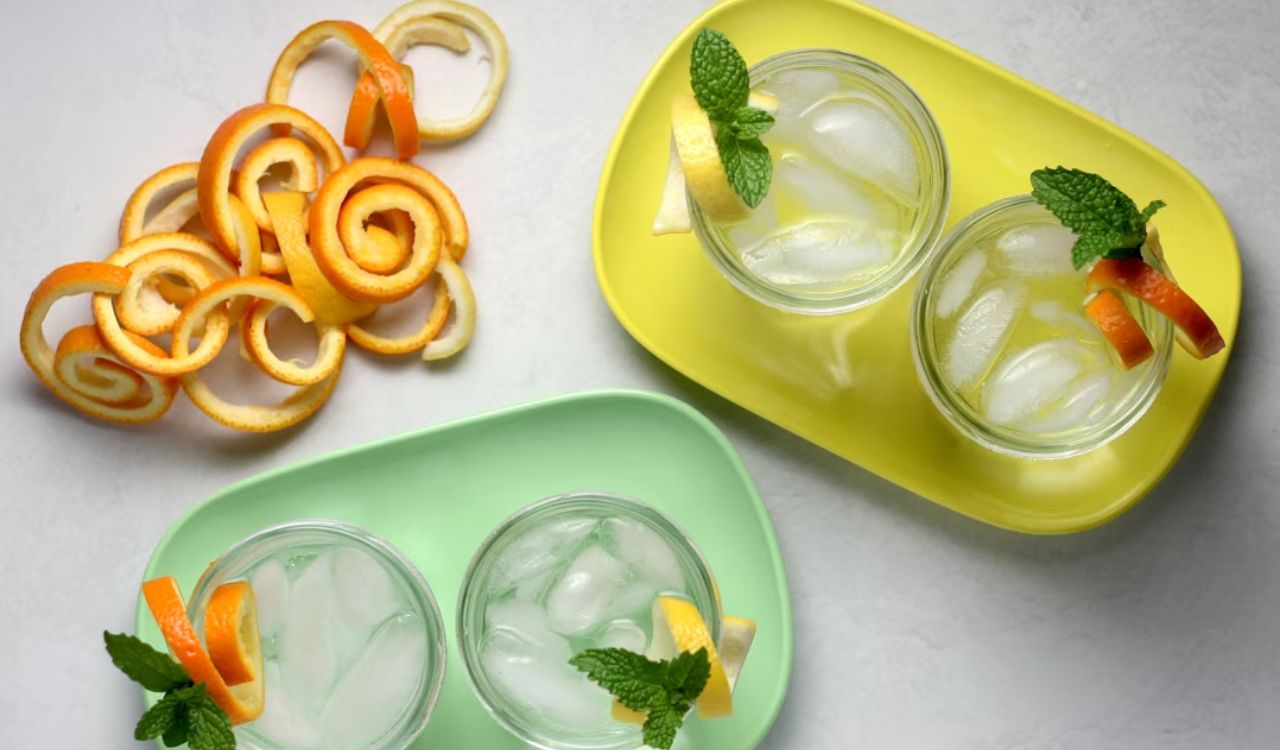
In an effort to save time or money, some bars reuse leftover garnishes or ice from unfinished drinks. This is unsanitary and unacceptable in any professional setting. Once used, these items can harbor bacteria, posing health risks. Watch for signs like pre-garnished drinks sitting on the counter or bartenders fishing garnishes from old glasses. Clean bars use fresh ingredients for every order. If you notice questionable hygiene, it’s best to switch venues. Safety should always come before convenience.
9. Charging for Tap Water or Soda Water
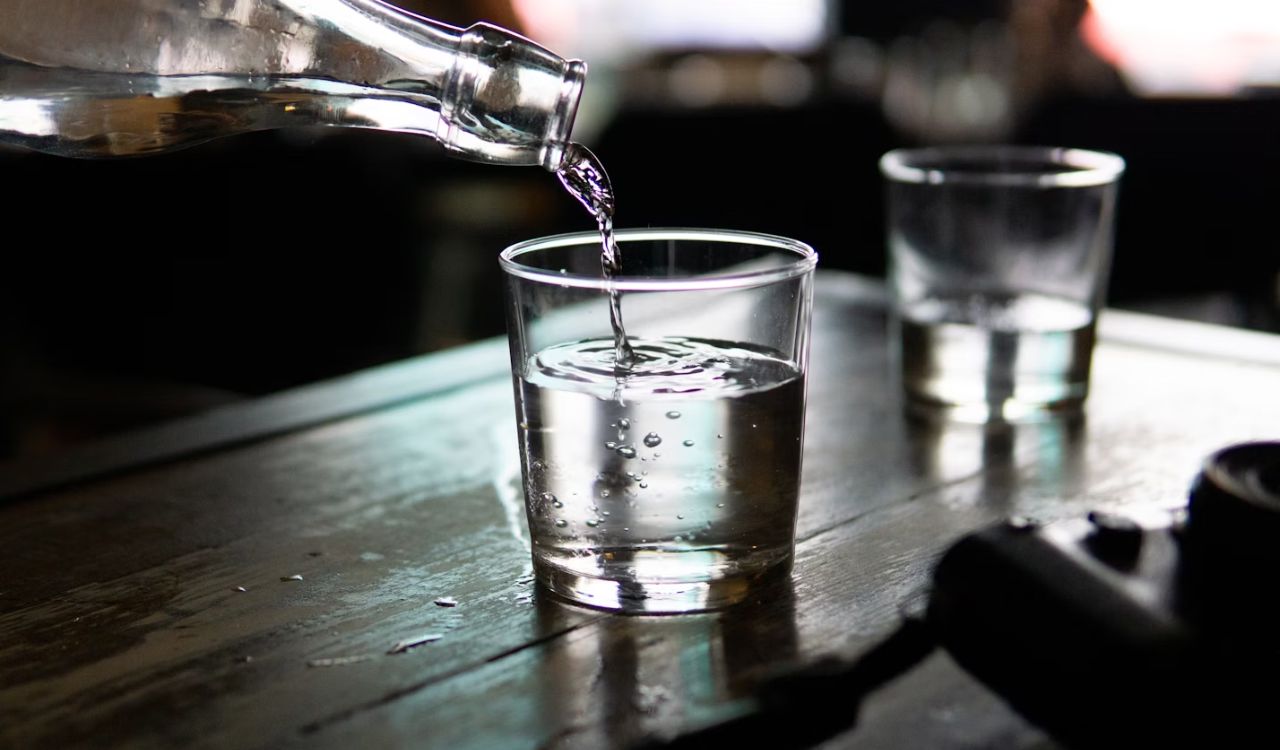
While bottled water often costs extra, charging for regular tap water or club soda without notice is unfair. Some bars disguise these fees as “service water” or automatically upgrade to bottled versions to increase revenue. It might seem minor, but it adds up, especially in group settings. Always clarify before ordering, and check receipts for hidden water or mixer charges. Responsible bars provide free tap water upon request and are transparent about any additional beverage costs.
10. Pressuring Customers to Close Tabs Early
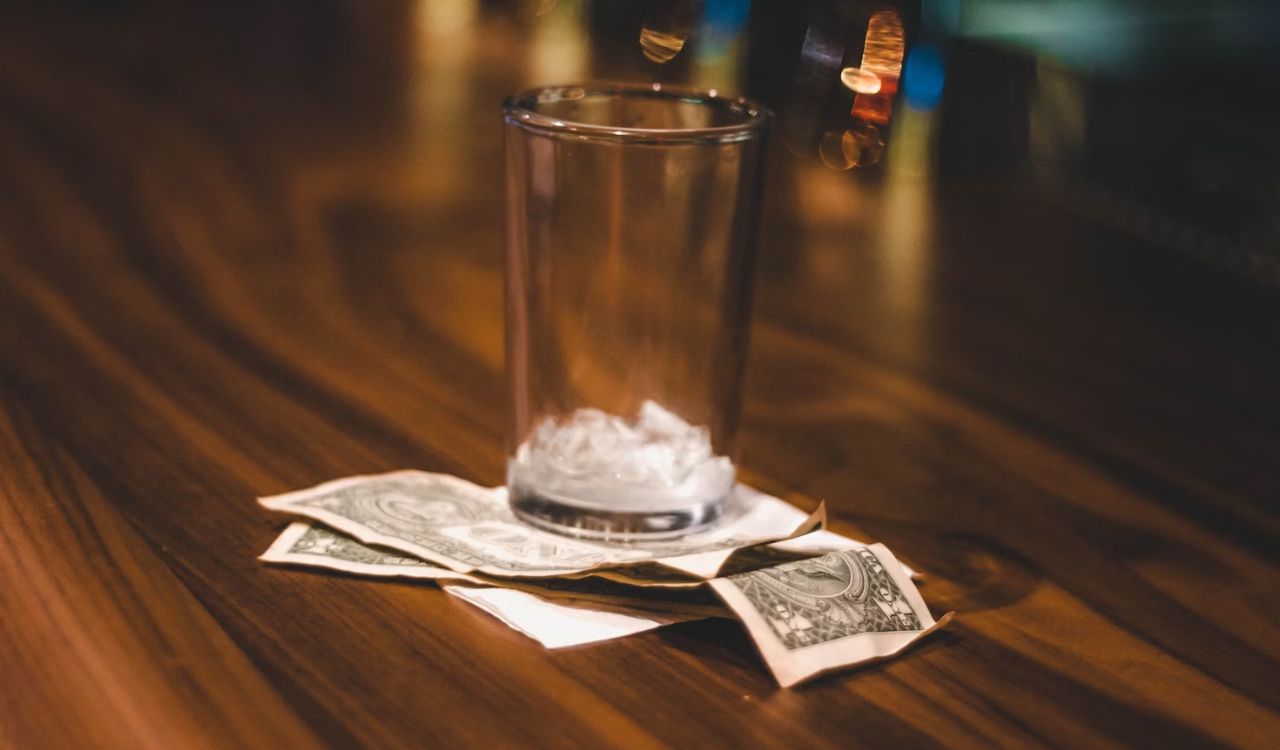
At crowded bars, staff sometimes push customers to close tabs quickly, claiming it’s policy or for convenience. In reality, it’s often a way to encourage higher tipping or limit your ability to review the final bill. Once your card is charged and the tab closed, spotting errors becomes harder. If you plan to stay longer, insist on keeping your tab open. A trustworthy bar will respect your request and ensure your bill is accurate when you’re ready to pay.


